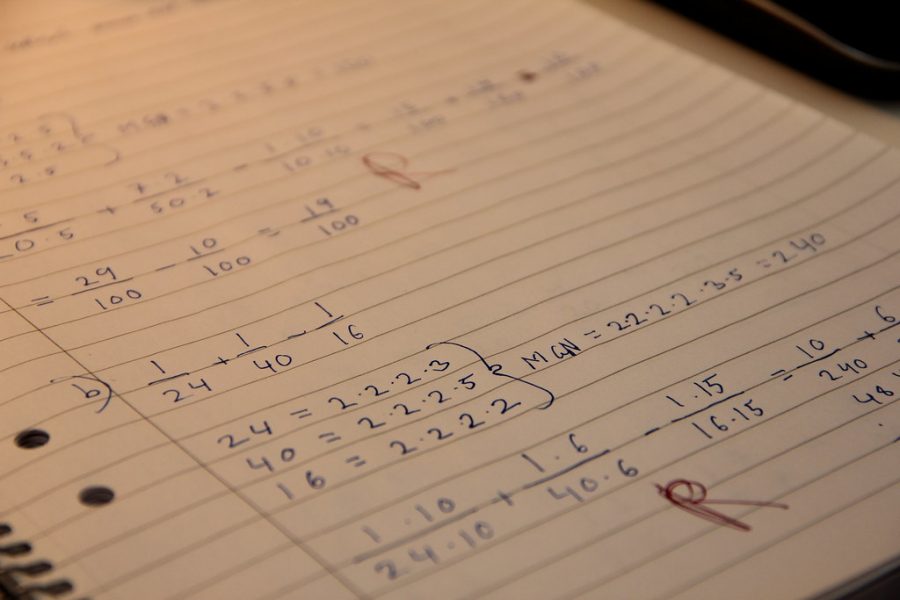How Teachers Are Adapting to Distance Learning
Two PFHS teachers share their experiences teaching in distance learning for the first time
The first quarter is almost over, and students have yet to participate in their first in- person class. Due to the Coronavirus, Loudoun County Public Schools opted for a completely virtual high school learning environment, marking a new territory for the school system. While students struggled to adjust to the new class style, teachers overcame countless obstacles to ensure their classes continue to educate like they would in a regular school year.
The 100 percent virtual school environment forces teachers to redefine the structure of their classes. “To do [virtual instructing] well, you have to throw out almost everything you have done before,” said science department chair, Randy Shangraw. “Your mindset needs to change in terms of how you can connect with students, how you present information, how you assess, and how you interact.” Shangraw believes it is essential to cut back on subject material in order to meet the time constraints of synchronous learning.
Some teachers, depending on their subject area, completely changed their way of teaching. For science classes in particular, lab based learning is impossible to fully replicate at home. “We simply can’t do labs right now, certainly in a chemistry class where you need chemicals, heat, and glassware,” said Shangraw. However, there are ways to simulate labs, with online labs becoming more prevalent in the class structure. “Science teachers are trying to replace hands-on labs with virtual labs, demonstrations, and other activities that focus on the analysis side of labs.”
Teaching through a screen creates a communication barrier within the classroom that is not present in live learning. “One of the biggest things in the environment of a classroom is being able to see kids’ faces and their reactions,” said math teacher, Katelin Wentworth. Wentworth believes that it is harder to gauge a student’s understanding when they have their cameras and mics off during class.
Wentworth is a new teacher to Potomac Falls High School, and like many first year teachers at the school, is having a hard time adjusting to virtual learning within a new teaching environment. “I feel pretty disconnected,” said Wentworth. “… the only people I know are the ones that I teach the same subject with.” Wentworth feels she has yet to get to know Potomac Falls in its entirety because she has only viewed it through a computer screen.
Although distance learning presents challenges to teachers, there are benefits to the change in environment. “For math at least, we have really cut back to the importance of things, and [are learning] how to relay information differently,” said Wentworth. “[Distance learning] is forcing us to really think outside of the box, and do some fun things that we wouldn’t have necessarily done before.”
Whether or not in-person learning is a feasible option for the second semester continues to be up in the air. “I am optimistic that we will be in some form of hybrid learning by the beginning of the second semester,” said Shangraw. Shangraw predicts that ‘live streaming’ classes will make it possible for students in the classroom and at home to learn at the same time.


